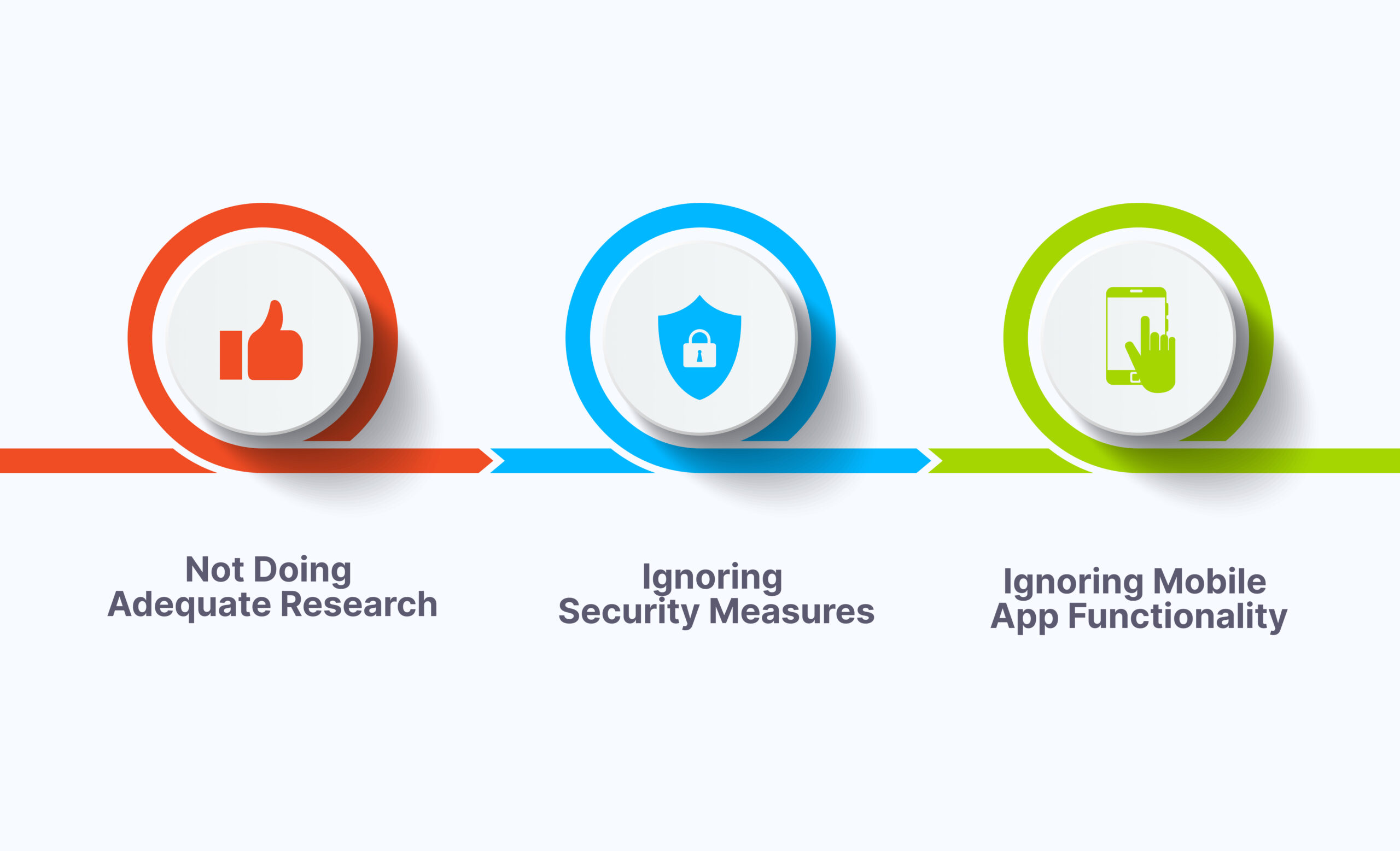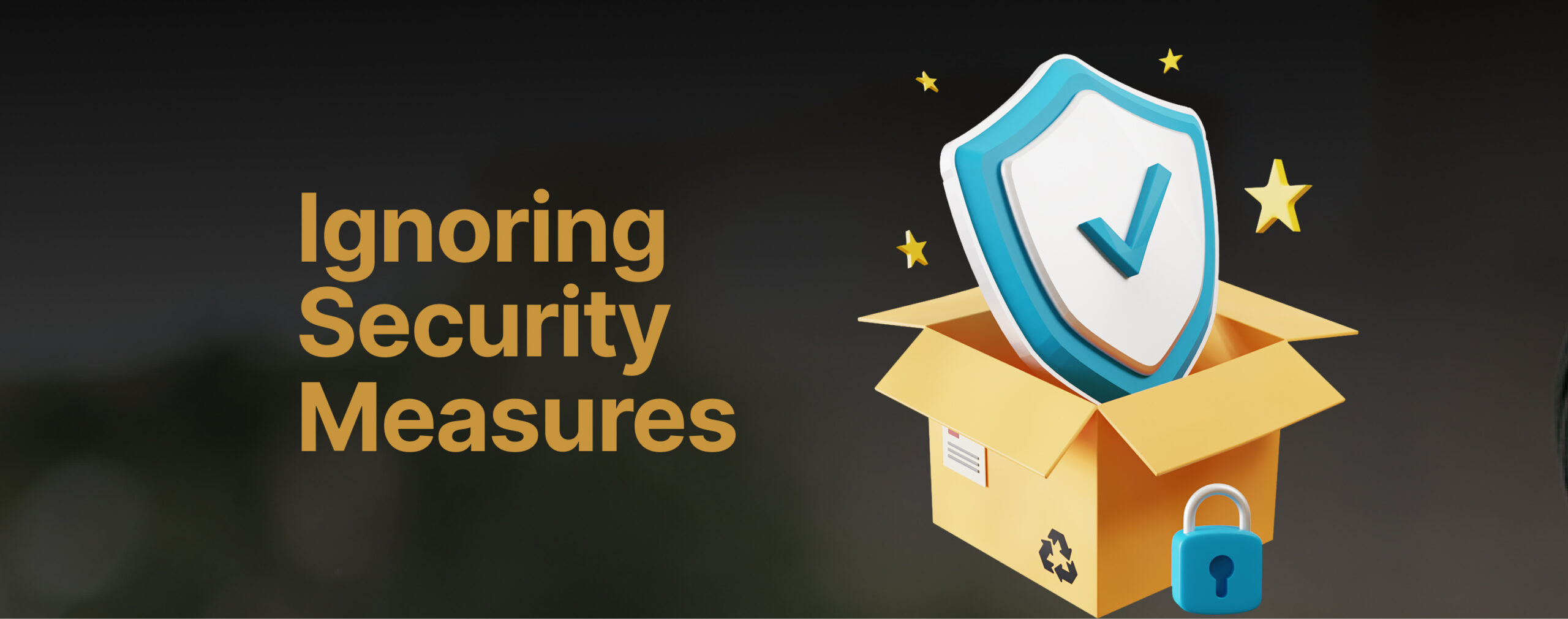“From letting you open a bank account online to providing all your banking needs virtually, digital banks are your ticket to hassle-free banking”
When you find yourself stuck in a long queue at a traditional bank, you would wish there were a simpler way to manage your finances.
The good news is there is a simpler way called Digital Banking.
You can do banking all from the comfort of your couch!
We all love the idea of banking from the comfort of our homes without moving an inch. We love the ease and convenience it brings.
But, there are mistakes to avoid when it comes to choosing what digital bank to open an account with.
We’re here to guide you through the process and highlight those common mistakes to avoid so you get the best out of digital banking.
Let’s begin!
Why You Should Open a Bank Account Online
Adulting comes with its fair share of challenges, and managing your finances often tops the list. The traditional process of banking, involving long queues and paperwork, only adds to the stress.
When you find yourself stuck in a line, craving a simpler solution to handle your financial responsibilities, digital banking becomes particularly appealing.
Digital banking saves you some trouble by allowing you to do banking at your convenience, whenever and wherever.
Common Mistakes To Avoid When Opening a Bank Account Online

You now see the unique advantages of digital banking. Now, let’s get into some of the mistakes you want to avoid when you open a bank account online.
1. Not Doing Adequate Research

One of the most common mistakes most individuals make when opening a bank account online is diving in without adequate research.
Choosing the right digital bank is a crucial decision that will directly impact your finances and general banking experience. Therefore, you must take the time to research and compare different digital banks before opening a bank account.
Identify your specific banking needs: To know the focus of your research, you must know your banking needs.
For example, if you’re looking for a way to grow spare income, you’ll need a savings account with high interest rates and low maintenance fees. Understanding what you require from a bank will guide your research.
Compare Options: After identifying your needs, you need to explore all the options available. Go online to find a list of digital banks and what they offer.
In doing this, it’s important not to be misled by sugar-coated marketing pitches. You must delve into the details of account types, features and other associated services.
What specific features should you consider?
When researching digital banks, it’s crucial to focus on key features that directly impact your financial well-being.
Three of the most important features to consider are Fees, Interest Rates, and Customer Service:
Fees: Different digital banks have varying fee structures. Understand the fees associated with account maintenance, ATM usage, SMS and other services.
You should go for a bank with transparent and reasonable fee policies. Usually, digital banks have lower overhead costs when compared to “brick and mortar” banks, so a digital with unreasonable fees should be a no-no for you.
Interest Rates: For savings and investment accounts, the interest rate plays a pivotal role. You should compare the rates offered by different banks and choose an account that aligns with your financial goals.
Customer Service: A responsive and efficient customer service team is essential. Look for reviews and testimonials about the customer service experience of each digital bank. Reliable customer support ensures you have assistance when you need it.
Where can you find reliable reviews?
The internet does a great job of ensuring information is always at your fingertips. You can leverage online resources to gather insights and opinions about digital banks through:
Online Forums: Participate in online forums where users share their experiences. For example, a platform like Nairaland is great for users to share real experiences. You can learn a thing or two about what most users say about the bank from platforms like this.
Social Media: Social media platforms can be a valuable source of real-time feedback from real users.
Search for discussions, hashtags or groups dedicated to financial and banking topics, and engage with individuals with experience with various digital banks.
Official Websites: Visit the official websites of digital banks. Look for client testimonials, case studies, and any awards or recognitions the bank may have received.
2. Ignoring Security Measures

Security should be paramount when opening a bank account online.
Ignoring security measures can expose you to potential risks and compromises.
To safeguard your money, you need excellent security measures to shield your financial assets. This will protect you from unauthorised transactions and financial losses.
Here are some security practices and features a good digital bank should possess:
I)Two-Factor Authentication (2FA)
Two-factor authentication, also called 2FA, is a security process that requires users to provide two different forms of identification before gaining access to their accounts.
Traditionally, the first factor is something you know—like a password—and the second factor is something you have.
This additional layer of authentication significantly reduces the risk of unauthorised access, even if your password is compromised.
- Something You Know (Knowledge Factor): This is typically your password or a Personal Identification Number (PIN). It’s information that only you, as the account holder, should know.
- Something You Have (Possession Factor): This involves a physical device, often your smartphone or a hardware token. The device generates a temporary code that changes regularly, providing a unique second layer of authentication.
It is wise for you to take advantage of the double layer of fortification this system offers. You should ensure your chosen bank offers 2FA and always keep it on when you use the mobile app.
II) End to End Encryption
Encryption is a process that transforms data into a secure format that is unreadable without the appropriate decryption key.
Encryption is the cornerstone of secure online banking. In online banking, it ensures that your financial transactions and personal information remain confidential and inaccessible to unauthorised parties.
A secure digital bank website should have a Secure Sockets Layer (SSL) and Transport Layer Security (TLS). These protocols establish secure communication links between a user’s browser and the bank’s server.
The presence of these protocols is indicated by “https://” and not the regular “http//” in the website URL. This is something you must look out for.
III) Overlooking Fees

Third on our list is overlooking fees. Overlooking fees is a common pitfall when switching to digital banking.
Understanding these fees is crucial for effective financial management. Here are some common fees associated with digital banking:
Account Maintenance Fees: Some digital banks may charge fees for maintaining your account. These can be monthly or annual charges for the overall management of your banking services.
ATM Withdrawal Fees: While digital banks may have partnerships with ATM providers, using an out-of-network ATM can result in withdrawal fees. Understanding the cost structure for ATM transactions is important.
Transaction Fees: Certain transactions, especially international transfers or specific types of transactions, may incur fees. Being aware of these fees helps you plan your financial activities accordingly.
To prevent surprises related to fees, you should prioritise reading the terms and conditions of your chosen digital bank.
Pay close attention to the section detailing fees to ensure you have a comprehensive understanding of the fee structure.
As digital banks may update their fee structures, you must be aware of any changes. Regularly checking for updates on the terms and conditions helps you stay informed.
If any fee-related information is unclear, you should not hesitate to contact customer support for clarification.
IV) Ignoring Mobile App Functionality

A user-friendly app is not just a convenience but a necessity for easy financial management.
A good app must ensure that banking services are accessible to users of all ages and tech proficiency levels. This will allow customers to manage their finances easily without technical barriers.
Users should consider key features that enhance their banking experience when evaluating a banking app. Discussing these features ensures that users make informed choices:
Smart Navigation: An app should have a straightforward and easy-to-navigate interface that allows users to find and execute transactions without confusion.
Security Measures: Advanced security features, such as biometric authentication (fingerprint or facial recognition) and enabling two-factor authentication, contribute to a secure mobile banking experience.
Real-Time Notifications: Users benefit from receiving real-time alerts for transactions, account balances, and other relevant updates. This feature helps you stay on top of financial activities.
Mobile Deposit: A convenient mobile deposit feature allows users to deposit checks by capturing images using their smartphone camera, eliminating the need to visit a physical branch.
Budgeting Tools: Integrated budgeting tools help users track expenses, set financial goals, and gain insights into their spending patterns directly through the app. Definitely something you want to consider when you open a bank account online.
Bill Payments Functionality: The ability to pay bills directly through the app streamlines the payment process, making it more efficient and reducing the risk of missing deadlines.
Customer Support Integration: The app includes a direct link to customer support or a chat feature, which ensures that users can quickly get assistance for any issues or queries.
A well-designed app will enhance your banking experience and contribute to the efficient and secure management of your finances on the go.
Final Thoughts
In closing, let’s remember a few important things about digital banking. Digital banking is an easy and convenient way to manage your money and avoid the stress usually associated with traditional banks.
When choosing to open a bank account online with a digital bank, you should watch out for unexpected fees, keep your accounts secure with things like two-factor authentication and choose a bank with a user-friendly app for a smooth experience.
Avoiding these mistakes means less stress and more control over your money. Being smart about your choices creates a safe and easy digital banking journey.
If you have any further questions or experiences you would like to share, please leave a comment so we may discuss them and learn together.
Leave a Reply